Make the Most of Moldings
A look at the functional role of baseboard, casing, crown, and other moldings will help you use them wisely when adding trim to a home.
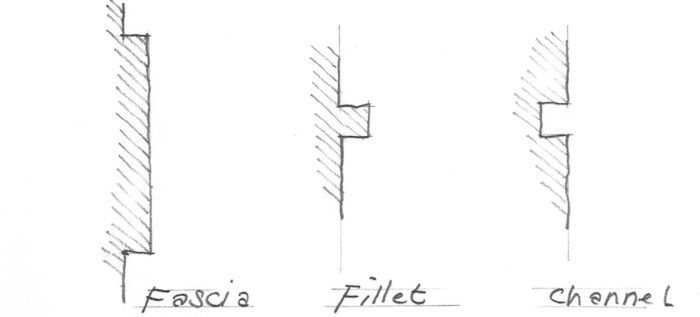
Historically, the functional purpose of a molding was to cover joints and transitions between materials, allowing individual elements to expand and contract in a shadowline or under cover. Over time, these functional needs evolved to become decorative elements and were adapted to different architectural styles and periods. A molding can be as simple as flat trim stock, or embellished with ornaments such as dentils or egg-and-dart designs.
Moldings eventually became a signal of the social hierarchy and status between rooms of a home. This hierarchy is determined by the size of the room, use of the room, and its location in a house. The largest and most ornate moldings are found in the grander public rooms of the house—historically, the formal living room, dining room, and parlor. Today, the great room, which typically has a taller ceiling, is hierarchically the most important room in a home.
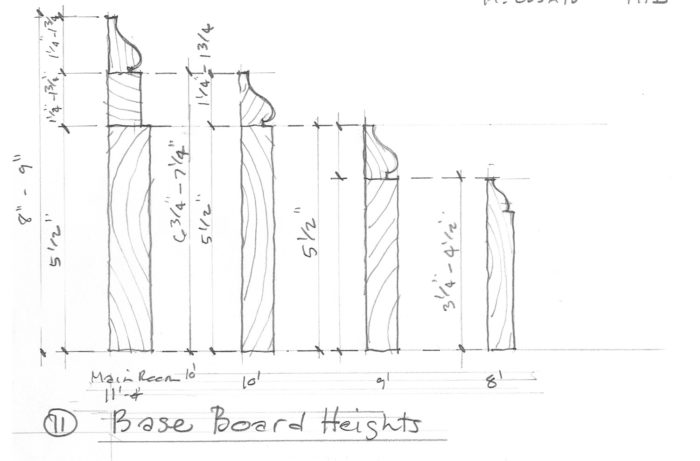
The master bedroom will often have the next step down in molding size and detail, followed by the secondary bedrooms, bathrooms, and utility areas. Molding packages are sometimes also differentiated by the floor where they are located, with larger elements on the first floor where there is typically a higher ceiling and smaller moldings on the second floor with lower ceilings.
A key distinction to note is that at their origin, moldings are practical elements, such as door casing and base molding, which are not gratuitously applied but instead employed by necessity in a design. Only once the practical requirements are met are ornament and decoration added. The question is, what is the role of moldings in today’s homes, where it is safe to say they are needed less for their primary function?
Crown molding, for example, is not needed in a room with drywall on the walls and ceiling. Window and door casing can be omitted for drywall or plaster returns. And while baseboard is still a largely a necessity, shoe molding is no longer essential because we now have finely milled flooring and precise installation methods. So, adding a shoe is a purely aesthetic decision.
If you do use a shoe molding, either because you are working in an older home that needs to cover a crack or because you just like the look, it’s still important to use it right. Staining the shoe molding to match the floor is the traditional method, but this adds a layer of complexity in the order of operation between the flooring installation and painting. Stained shoe molding also visually lowers the height of the base, changing its proportions. And too often, people install 1/4 round for shoe mold, which is just too chuncky for this detail. In the end, make the call on whether to use shoe molding, and to paint or stain it depending on personal preference. But, if you do include a shoe molding, make sure to use a true shoe molding—1/2 in. buy 3/4 in.
Purposeful or decorative, it’s equally important to use the right moldings in the right place. It may not help that there are more moldings available than ever. But if you get to know the basics of molding profiles and how to choose and use base, casing, and crown, you’ll be able to decipher the differences in the thousands of moldings available at most lumber yards and make an elegant trim package.
For more on this topic, see my article “A Master Class in Moldings,” in FHB #273. And check out a few key takeaways and additional resources below.
Tips for your trim package:
- Less is more. Designing with moldings is an additive process. Start with less, and add more as budget and availability of moldings allows. When in doubt, base and casing of 1×4 flat stock is all a house needs to look great.
- Learn the building blocks. Likes the nouns and verbs of a sentence, the building blocks of moldings form the foundation from which everything else builds. Once you can identify these elements, you will easily be able to recognize and avoid poorly detailed moldings with extra curves and bubbles.
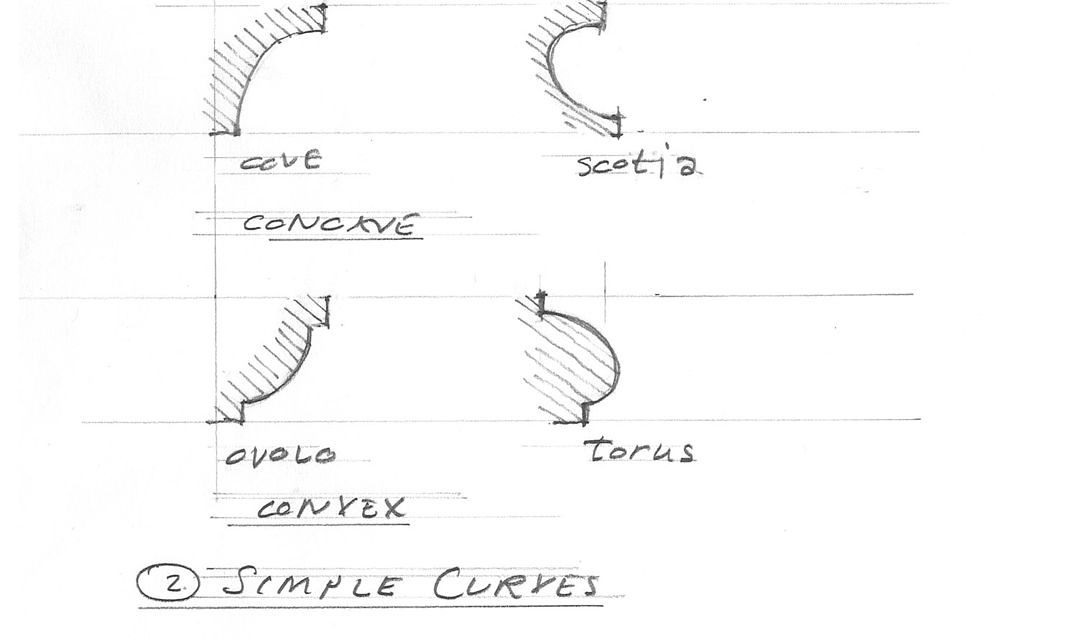
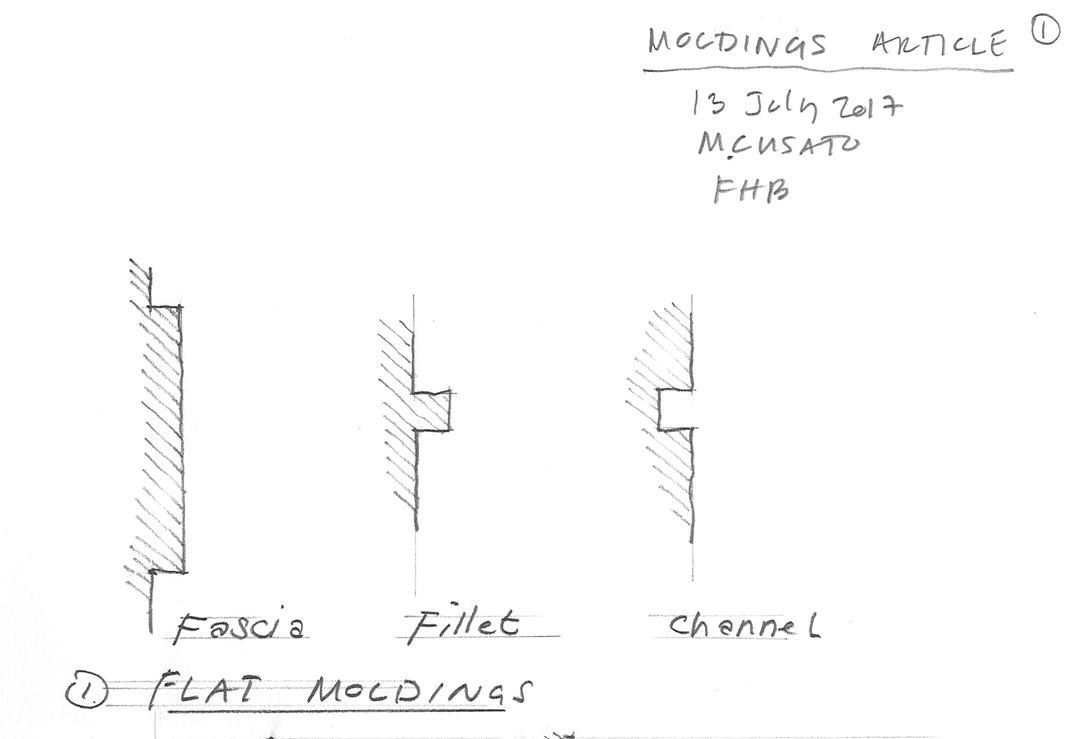
- Avoid applied ornament. Take the greatest possible care when using dentils, egg and darts, or other ornamental elements. These are difficult to design and source and can detract from the authenticity of your composition.
- Seek both hierarchy and unity throughout your home. Moldings reinforce the flow of a home—at the same time you add more detail in larger and more important rooms, make sure that you balance the differences with proportionately smaller and more subtle details in bedrooms and utility spaces.
From Fine Homebuilding #273
Additional Resources:
- Architectural Design, Ernest Pickering, John Wiley & Sons, Inc., 1933
- The Architecture of the Classical Interior, Steven W. Semes, W. W. Norton & Company, Inc., 2004.
- Get Your House Right, Architectural Elements to Use and Avoid, Marianne Cusato and Ben Pentreath, with Richard Sammons and Leon Krier, Sterling, 2008.
- Theory of Moldings, C. Howard Walker (author) and Richard Sammons (foreword), W. W. Norton & Company, Inc., 2007.

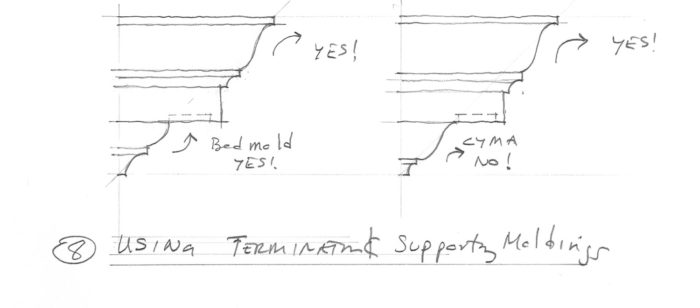





View Comments
Really like your work you done here!